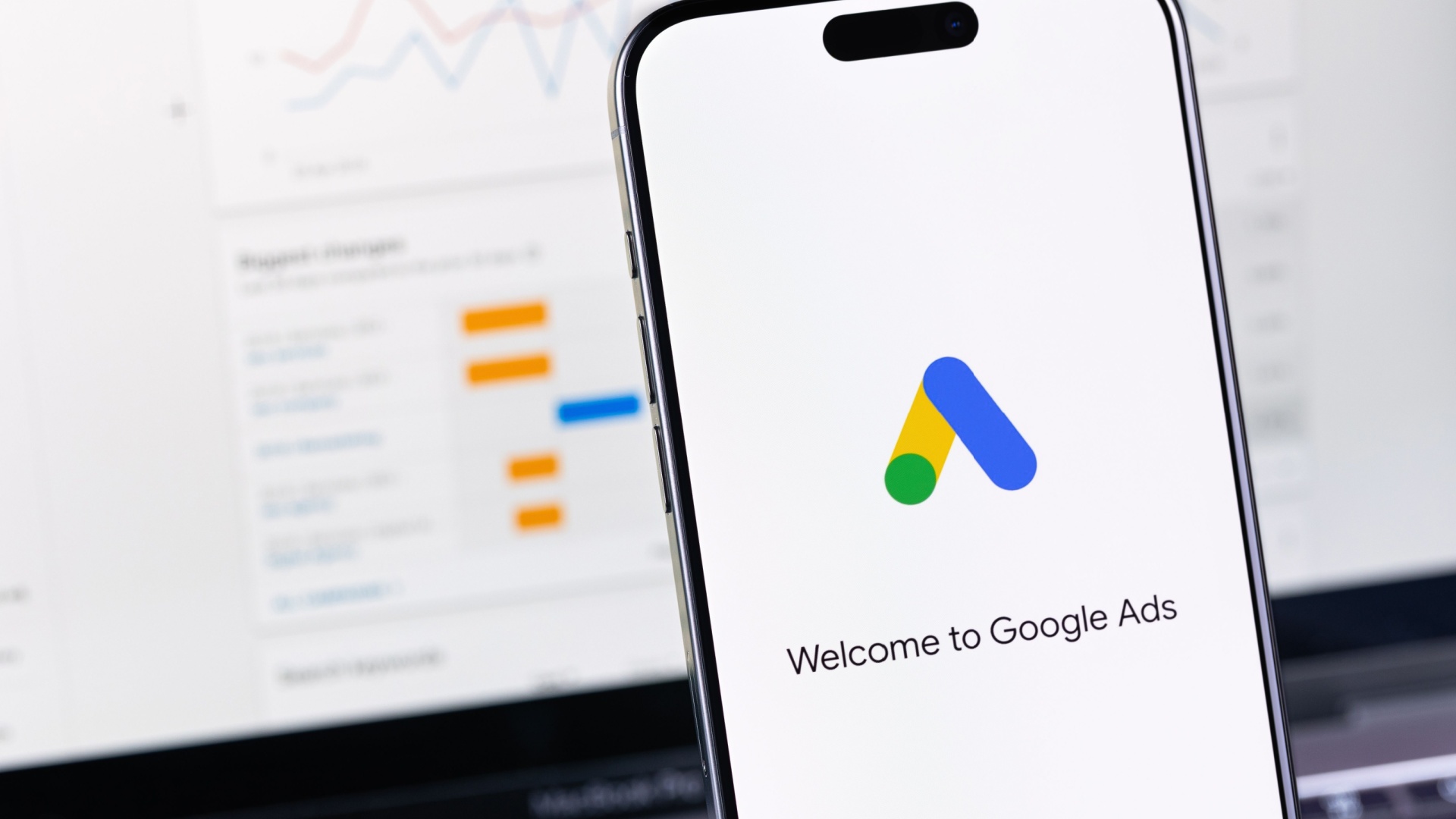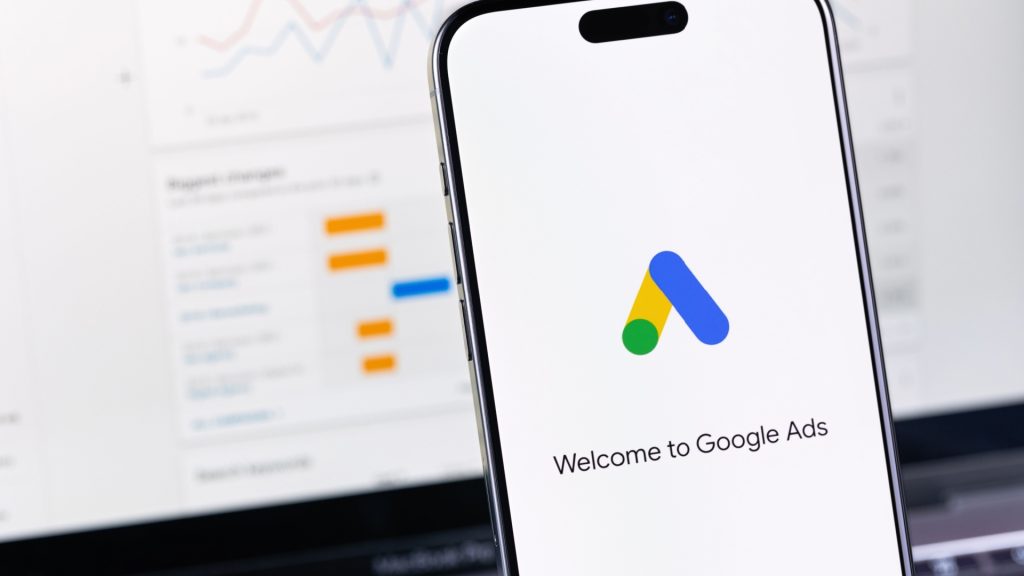Auditing and optimizing Google Ads in an age of limited data

As Google Ads leans further into AI-driven automation, savvy advertisers are looking for ways to stay in control – ensuring that automation truly drives efficient results.
Yet, the data available often tells only part of the story, with some advertisers reporting that 20%-80% of their ad spend is tied to hidden search terms.
So where should you focus when auditing a Google Ads account?
Let’s break down the areas where you still have real levers to influence performance.
Search term review
Even though a large chunk of search terms may be hidden, the terms that are accessible are invaluable to show the intent and relevancy of those who are viewing and clicking your ads.
For those running Performance Max campaigns, Google has made moves toward transparency by now showing search terms.
When looking through search term reports, focus on:
- High-performing terms (low CPA/high conversion rate) that you aren’t bidding on as keywords.
- Low-performing terms (significant impressions/high CPA) that you should exclude as negative keywords.
- Irrelevant queries that you should exclude as negative keywords.
- Queries that don’t fit the theme of keywords in a particular ad group and would be better off in a different ad group with more relevant ad copy.
Auto-apply recommendations
Watch out for auto-apply recommendations that can make unwanted changes, such as adding assets or keywords.
While some recommendations are more helpful than others (such as negative keyword conflicts), it’s best for attentive ad managers to leave auto-apply settings off and manually review through recommendations for any worthwhile suggestions.
Dig deeper: Top Google Ads recommendations you should always ignore, use, or evaluate
Device targeting
Look at the Devices section under Insights and Reports > When and where ads showed to see performance broken down by:
- Mobile phones.
- Computers.
- Tablets.
- TV screens.
If you are using Target CPA bidding, device adjustments are the only bid adjustment type applicable, so note that this is one rare area of control you do have.
With enough data you may want to apply positive or negative adjustments for various devices based on results.
You can also apply device bid adjustments for a Maximize Clicks bid strategy.
Other strategies (Target Impression Share, Maximize Conversions, and Maximize Conversion Value) let you set a -100% value for individual device types to exclude completely if performance is particularly bad for one category.
Geography
Review Matched Locations (also under When and where ads showed) to ensure that ads are only showing in your intended areas.
Add location exclusions to help prevent unwanted spend where you don’t do business.
Additionally, check Location Options under campaign settings.
In most cases, you should select Presence to be more likely to reach individuals in or recently in your target locations.
Otherwise, you’ll also be including those deemed by the system to be “showing interest” in the locations.
Dig deeper: 9 essential geotargeting tactics for Google Ads
Get the newsletter search marketers rely on.
See terms.
Ad group themes
While keyword-to-search-term matching is less precise than it used to be, account structure still matters.
Attempting to go too narrow with SKAGs (single keyword ad groups) may be a losing battle, but you should still make sure that keywords fit the same theme within an ad group and relate to the ad copy.
For instance, if you are offering a service for building sand structures:
- “Professional sand castle construction” and “sand castle construction services” would fit in the same ad group, paired with ad copy for “Sand Castle Construction.”
- But “sand cat sculpture” would fit better in a different ad group with more relevant copy.
Don’t obsess over breaking out ad groups for keywords that are synonyms or have different word order unless performance or intent are different enough to justify it.
Microsegmenting often hurts performance today, as algorithms need ample data to make informed bidding decisions.
Placement review
Be sure to look through placement reports periodically and exclude unwanted placements.
Here are a few ways to flag potential exclusions:
- Low performers with significant impressions and high CPA.
- Abnormally high CTR, which often indicates “junk” sites generating low-intent clicks.
- Websites and YouTube videos/channels geared to kids who may be using their parents’ devices.
- Questionable domains (e.g., ending in “.xyz”).
- Foreign characters that aren’t related to the language you’re running ads in.
Note that for Performance Max, you’ll need to exclude placements at the account level.
Go to Content Suitability from the Tools menu and find Excluded placements under the Advanced settings dropdown. You can now add in negative placements.
Performance Max will also respect placement exclusion lists that are applied at account level.
With the addition of Search Partner placement visibility, you should also include any opted-in search campaigns for your review process.
Asset level performance
When running responsive search ads, you’re trusting Google to test various combinations and bias toward better performers over time.
While you have little control beyond pinning assets in RSAs, review the data periodically for learnings that may inform future ad copy decisions.
Introducing performance data for RSA headlines has been another positive change made by Google.
For Demand Gen ads and responsive display ads, you can view data for both text and image assets.
Asset usage
As Google experiments with new ad formats and asset combinations, you may feel you have less control over what’s shown.
One way to stand out is by adding assets beyond the default headlines and descriptions.
These highlight your key selling points while helping you capture more real estate in the SERP.
Here are the assets you should think through incorporating where they make sense for your brand:
- Sitelinks.
- Callout.
- Structured snippets.
- Promotion.
- Location.
- Message.
- Lead form.
- Call.
- Image.
- Logo/business name.
- Price.
- App.
Remember that many of these assets can also be applied to other campaign types besides search.
Audiences
First-party data is vital to marketing in a modern ecosystem.
- Use customer lists wisely: Sync your lists and check exclusions to avoid targeting existing customers where it doesn’t make sense, or use the campaign-level setting to target new customers only.
- Leverage your data: Use your lists to seed lookalike audiences in Demand Gen or as audience signals in Performance Max.
- Control audience expansion: If targeting customer match or remarketing lists, turn off audience expansion to keep spend focused on your intended audiences.
Conversion setup
Proper conversion tracking should be the fundamental starting point for any Google Ads account.
Confirm that conversion tags fire on the correct actions using Google Tag Manager’s Preview Mode.
As privacy settings in iOS and various browsers may sometimes block conversion tags from firing, check for the implementation of Enhanced Conversions for Web and Enhanced Conversions for Leads to allow for more accurate tracking.
These will ensure that you are matching conversion actions based on user information while also accounting for offline actions (with Enhanced Conversions for Leads).
Start taking action in your accounts
Whether you’re auditing a new account or reviewing an existing one, staying aligned with today’s evolving ad landscape is key.
AI-driven features can boost performance, but real success comes from knowing which levers you still control and monitoring the data that matters.
With the right checks and adjustments, you can make Google’s automation work for you – not the other way around.







Recent Comments